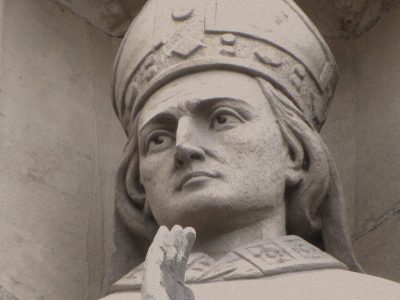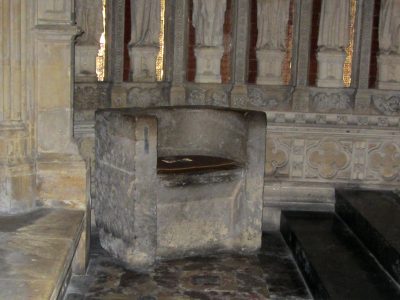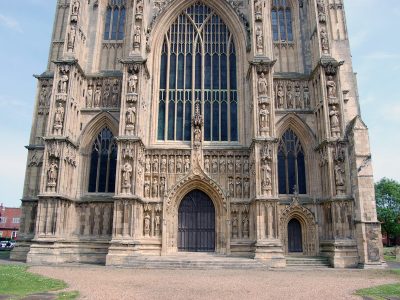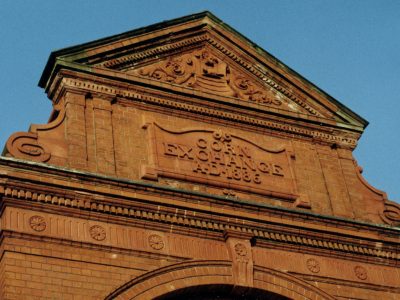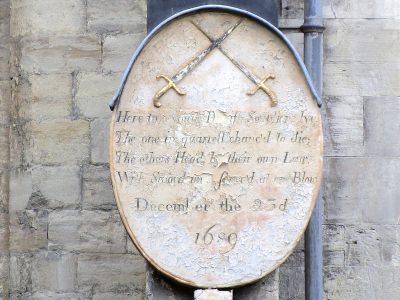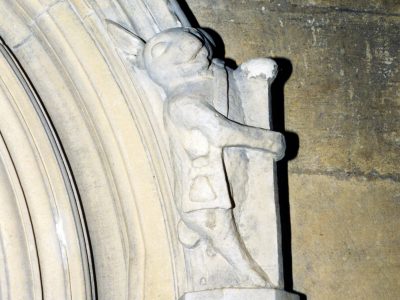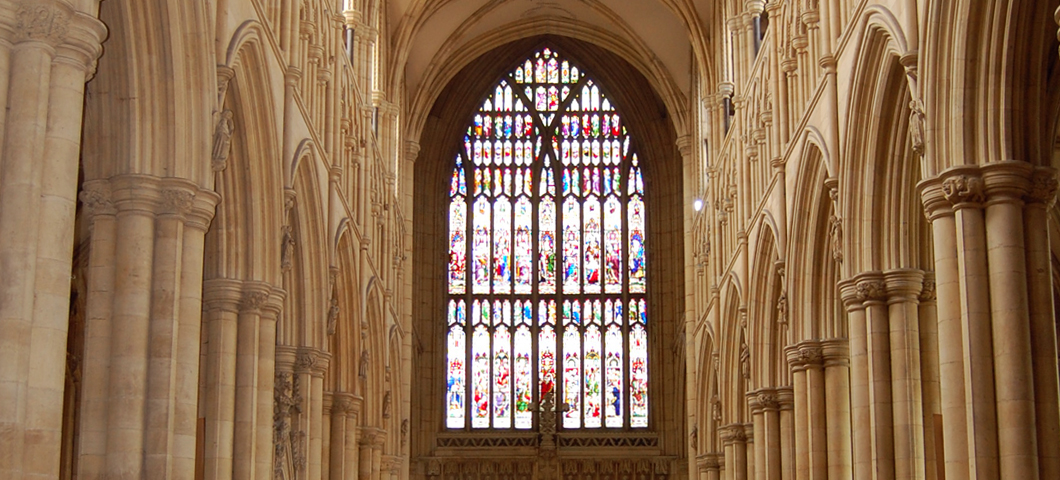
THE HISTORY OF BEVERLEY
Beverley is a town rich in history, its origins dating as far back as 3000 years BC to relics of an early Iron Age settlement. However, in essence, the true history of the town begins around 650 AD, with the arrival in the area, then known as Inderawood, of the miracle-working clergyman and later cannonised St. John of Beverley, who founded a monastery, then went on to lay the early foundations of what was to become Beverley Minster, the Minster of St. John. Work on this grand example of Gothic architecture began in 1230 AD, and took over three centuries to complete, the building’s two towers rising an impressive 160 feet to provide an unescapable landmark.
The town’s actual name is believed to have derived from the Old English language bedfer-leah, meaning beaver meadow. As indeed the area’s early topgraphic shape of lakes and marshland made it an ideal habitat for beaver.
As the Minster, and in particular the shrine of St.John housed within, became a place of religious homage over the passing years, then so it was the origins of what was to become the actual town of Beverley sprang up under its gaze, a tourist town, plying the weary pilgrim with hostelry and other services for their stay. By the later deed of King Athelstan, and symbolised by the Saxon-aged Frid Stool, the Minster also became an acknowledged place of sanctuary, proclamied as Als fre make I the As hert may thenk Or eghe may see.
- ST. JOHN OF BEVERLEY
- THE FRID STOOL
The town had grown sufficiently in size and status by 1120 AD so as to deem itself worthy of another fine church, the Church of St. Mary, a beautiful cruciform structure developed on the site of an existing Norman chapel, its single tower ascending slightly less than those of the Minster (100 ft), though nevertheless imposing itself firmly on the town’s skyline.
By medieval times, Beverley’s prestige and prosperity was well established, with nearly forty diverse guilds of craftmen peddling their wares. To defend the town and its thriving economic wealth, a moat and four entrance Bars were constructed around its periphery, one example at least remaining today, that of the North Bar. Markets and fares were regularly held on the sites of Saturday and Wednesday Market, drawing together both townfolk and the surrounding rural population. Beverley was also a famed and favorite abode of Minstrels, those travelling medieval musicians whose ballads sweetened the feasts of the merchants and nobility. With access to the North Sea port of Hull created by the construction of the Beverley Beck, trade began to grow with Europe, most notably involving the import of wool and flax from Holland, which was treated and spun within the the town to produce the famous wode or blue-cloth of Beverley.
As the Industrial Revolution gathered stream in the early years of the 19th Century, then so heavier industries evolved around the town, shipbuilding, iron-working, though perhaps the most notable being leather-tanning, with the opening of the Hodgson’s tannery in 1812. Later industries that would also leave their indelible mark are personified by the names of Armstrong, Overton Brothers and Deans, major employers whose presence oversaw the town’s continued development up to the point that we all know and recognise today as Beverley – a prized and historic jewel crowning the Plain of Holderness.
- BEVERLEY MINSTER
- THE CORN EXCHANGE (PICTURE PLAYHOUSE)
- ST MARY'S CHURCH
- WHITE RABBIT FROM ALICE IN WONDERLAND

